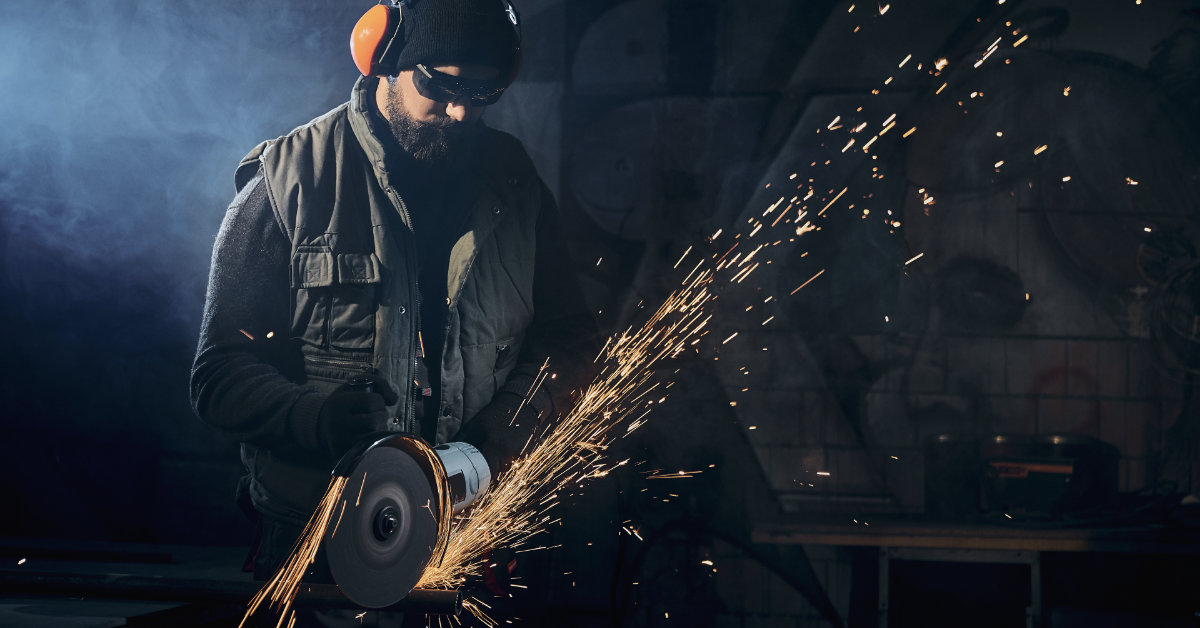Concrete has an elementary composition, yet it is one of the strongest and most durable constructions material. One of the most important uses of concrete is in finishing. There are numerous concrete finishing techniques used today. The choice depends on the desired outcome. This article is a complete guide on the major types of concrete finishes, and how they are done.
Trowel Finish
Troweling is one of the most commonly used finishing techniques in construction. The simplicity of trowel finishes makes this the most popular choice. For smaller jobs, builders and concreters use a hand trowel or float. For larger projects, however, a power float machine can attain the same finish. A trowel is a simple tool with a flat steel blade. The blade is attached to a handle for grip. The flat blade is pushed and pulled across the wet concrete to obtain this finish until the desired smoothness is achieved. Where using a hand tool is not feasible, a larger power trowel is ideal. The mechanized equipment has large blades resembling a fan. By the adjustment of pitch control, a builder can remove excess water, bring the cream to the surface, and smoothen the slab surface. A trowel finish technique is ideal for the patio, garages and basements, and warehouse floors.
Broom Concrete Finish
Broom fishing is a process that makes surfaces slip-resistant. The first step in achieving this finish is levelling the concrete. Once it’s flat, troweling achieves a smooth finish. Where a smooth finish can be a slip hazard when wet, a broom concrete finish offers a non-slip affordable solution. A Fresno broom is dragged across the damp concrete to eliminate this risk. The broom creates small ridges that provide grip and traction. The final finish is rougher than a troweled surface but visually appealing. It is best for exterior surfaces, such as sidewalks and pavements that get slippery in wet conditions.
Exposed Aggregate
This type of finish leaves the aggregate visible after finishing. It is important to choose the aggregate carefully since it will be exposed. Discuss this with your concreter. Concrete is treated with a chemical that stops the top layer from curing. In simple terms, the chemical prevents the concrete from hardening. The treatment takes overnight. Once complete, the top layer is washed off, leaving a bumpy exposed aggregate. In addition to being attractive, the exposed aggregate finish also provides slip-resistant surfaces. In areas where you require less slip potential, you can apply special clear non-slip clear coatings. This finish is often a popular choice for courtyards, porches and also sidewalks. Also, you can personalise the final look of your exposed aggregate concrete by choosing how dark, light or colourful the aggregate is.
Polished Concrete
Polished concrete is becoming a very popular choice for contemporary luxury homes as well as offices. It is extremely durable and requires almost zero maintenance. Also, you can polish both fresh and aged concrete to give the surface a smooth and glossy look. Polished concrete finish is a popular choice for interiors due to aesthetic, industrial appeal. Polishing begins by first stripping of any existing coating. It is made possible by the use of concrete floor grinders. Using different abrasive grades you can attain the desired smoothness and finish. The use of Chemical agents assist to harden the polished surface further. After which, you can carry out another round of grinding using abrasives or diamond cutter. Doing this protects the concrete from water infiltration. Lastly, the application of a sealant protects the concrete finish from chemical agents, oils, and stains.
Takeaway
Hopefully, this article sheds light on the various concrete finishes. Each of the techniques discussed offer unique advantages. The trick is to know where to use each of them. More importantly, make sure you have the right tools for the job.
We have written Your Guide to Concrete Finishes to help you on your journey in picking the best solution for your planned project. If you require further assistance please contact us for advice.
Shop our huge range of Professional Concreting Tools and Machinery





